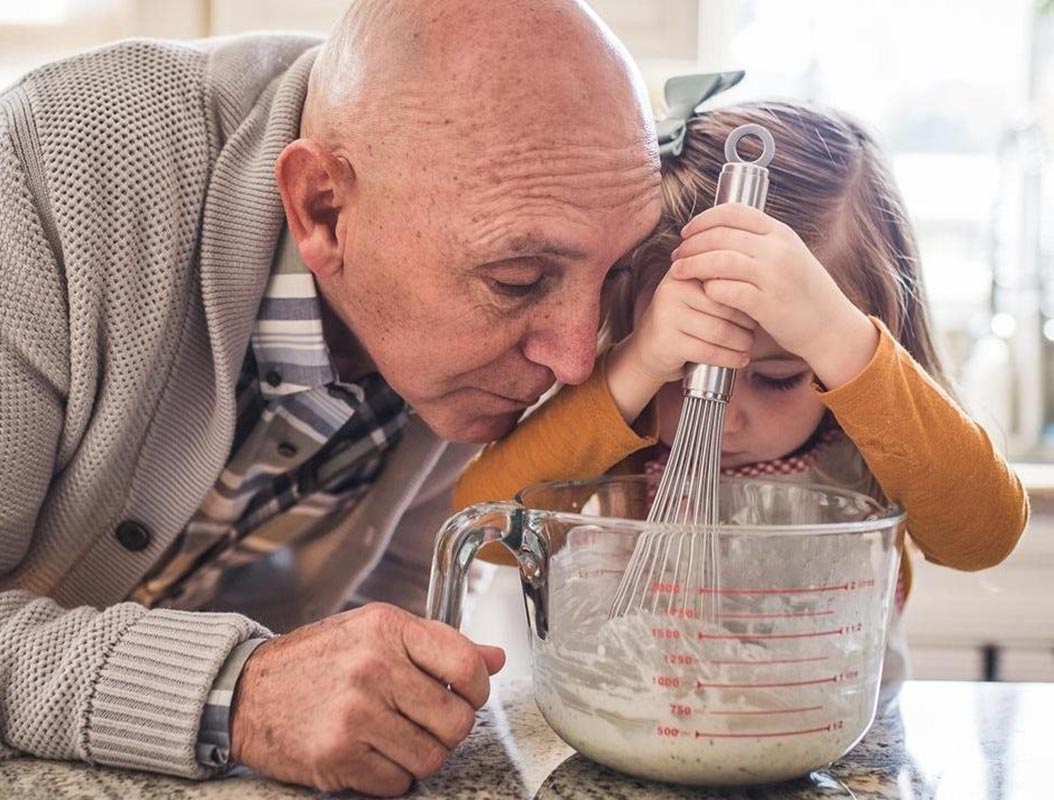How to Avoid the Top Reason for Losing Independence
No one likes to fall, but for an older person living alone, it can be a significant problem. Older adults are more susceptible to falls and are more likely to be injured in a fall. If that injury doesn’t receive prompt treatment, the outcome might be permanent debilitation for the older person, which means they will no longer be able to manage independently. It is critical for older adults who live alone to minimize the risk of falling in the home.
Falls Are a Serious Risk for Older Adults
The Centers for Disease Control (CDC) estimates that, among older Americans, “about 36 million falls are reported among older adults each year—resulting in more than 32,000 deaths.” Furthermore, about 300,000 older adults have to go to the emergency room for a fall, often resulting in a broken bone or head injury. According to Age Safe America, “the majority, 55 percent, of fall injuries among older people occurs inside the home.” Finally, in addition to actual injury, after a fall, many people experience an increased fear of falling, which leads them to be less active, becoming weaker and more susceptible to falls.
Taking Steps to Make Home Safer for an Older Adult
For adults preferring to age in place, the home can be a place of comfort and security, but it also poses challenges for the older resident. A home purchased at a younger age may not be suited to an older person’s needs, and the layout of furnishings and accumulated possessions may become increasingly hazardous for an older person with reduced mobility. To make the home safer, there are some helpful basic changes to make:
- Improve the lighting throughout the house.
- Install grab bars in the bathroom next to the toilet and the shower.
- Rearrange stored items that regularly used items are lower and easier to reach.
- Reduce clutter that may make it hard to circulate around the house.
- Rearrange furniture so that access is possible with a walker or a wheelchair.
If the older resident is already suffering from reduced mobility, then some more significant changes should be considered, including:
- Remodel the bathroom with a walk-in, lipless shower, a handheld shower head, and a bench for seated bathing.
- Widening the doorways where needed to allow wheelchair access.
- Installing ramps indoors and out.
- Installing a bedroom and bathroom on the first floor.
A Professional Assessment Will Help
Each adult has different needs, and each home has various possible adjustments to make the space safe and comfortable for the resident. Experienced elder care providers can conduct a home assessment to identify places where a fall is more likely and suggest various options to suit the older adult. Age Safe America offers certification for elder care professionals and others who need to understand the essential elements that keep the risk of falls in the home to a minimum. The expert can conduct a whole-house assessment along with the older resident or their family and make recommendations.
Guest post By SmithLife Homecare
SmithLife Homecare has a Certified Senior Home Safety Specialist® who can come to your home to conduct a comprehensive home safety assessment. The key to aging in place starts with identifying and mitigating risks and finding the proper support to make the home continue to be a viable option for an older adult. To learn more about our home safety assessment, or to learn more about our homecare services, contact us today.
The views expressed by the author may not reflect the views of Age Safe America, LLC. The content here should not be taken as medical, legal or financial advice. The content here is for informational purposes only, and because each person is so unique, please consult your own healthcare, legal or financial professional with any questions.

